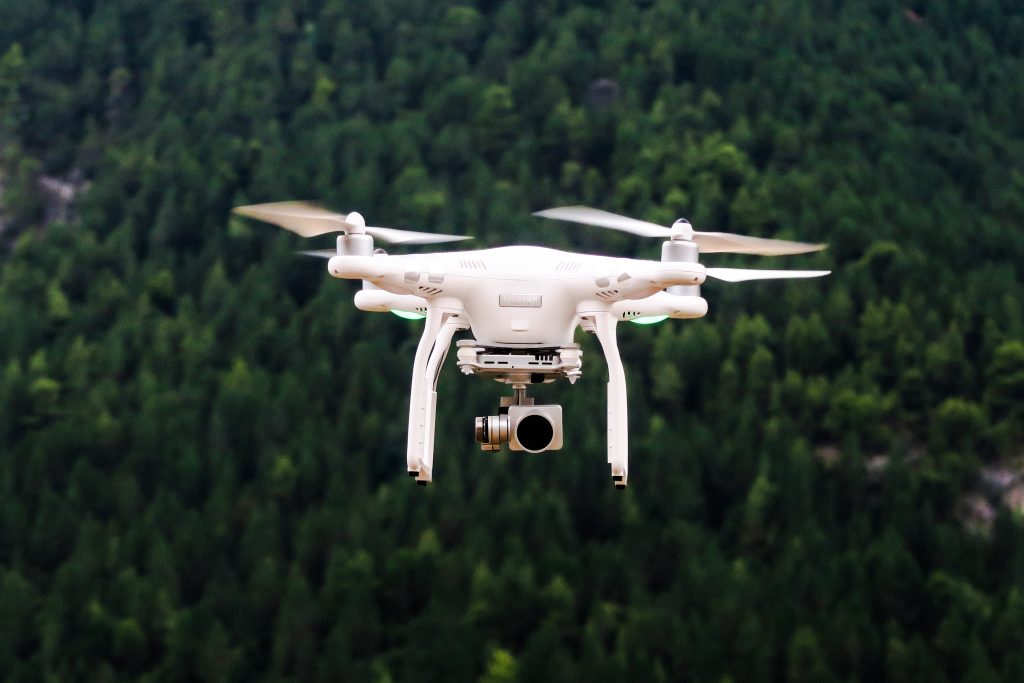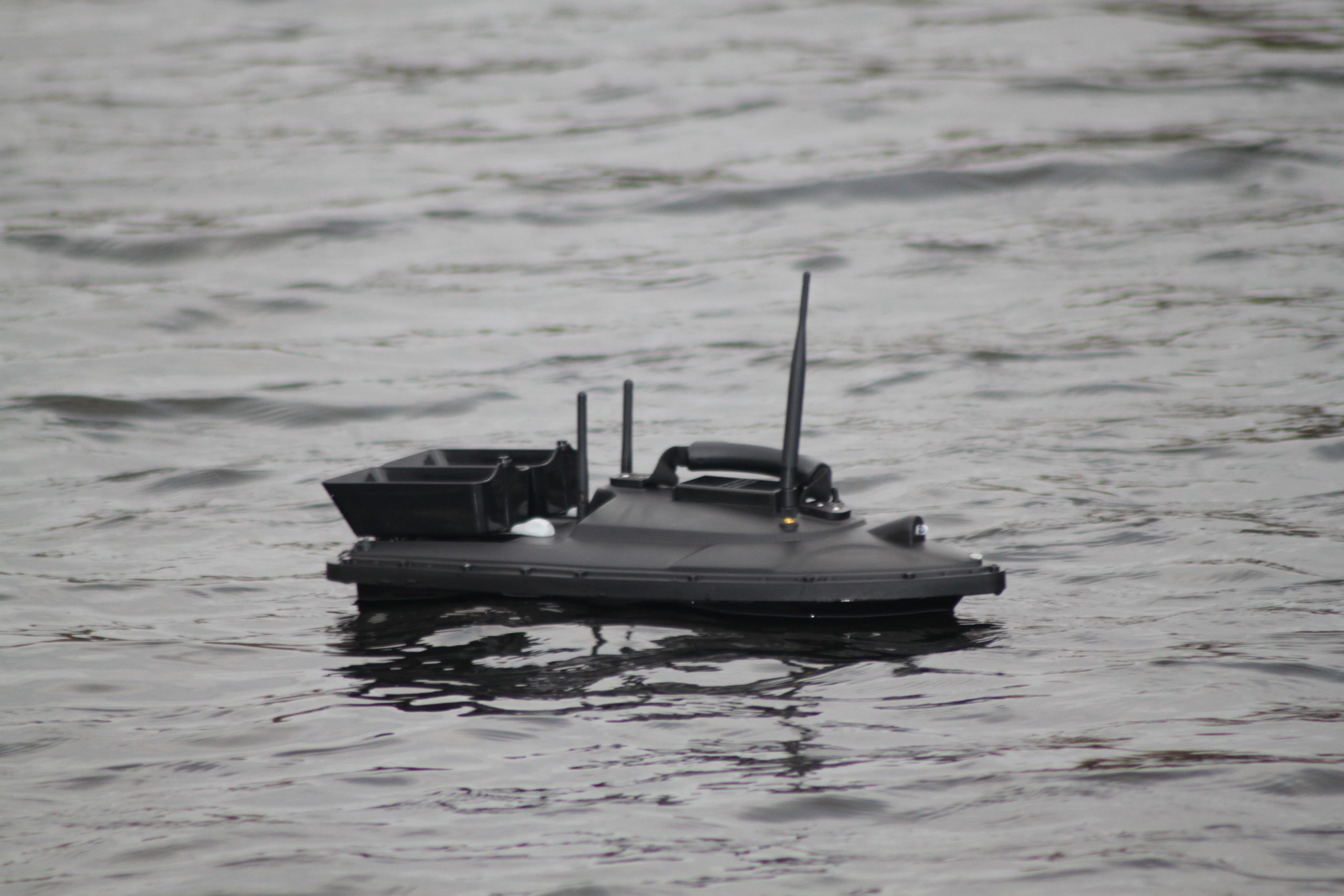Case Study
Entergaia Technologies

Key Highlights
- Entergaia Technologies is an energy technology startup based in Aberdeen with the mission to reduce greenhouse gas emissions and ensure environmental sustainability through the application of cutting-edge technologies.
- It is currently developing a long range wireless power technology to transmit electricity without the use of cables. The technology aims to reduce greenhouse emissions associated with transport and energy generation, accounting for over 50% of the components of overall greenhouse emissions.
- Interface introduced Entergaia to the University of Aberdeen and with the help of Innovation Voucher funding the initial proof of concept, testing and simulation was initiated.
- The initial study established that long range transfer of electrical power is possible. The work also established the possibility of electromagnetic beam tracking and directioning - which would help in future developments of a wireless power charging solution that is mobile and semi-autonomous.
- The understanding derived has been beneficial for Entergaia’s future strategy in deploying associated products such as beaming electricity from space, wireless electricity deployment during emergencies, long range wireless electric vehicle charging, beaming wireless electricity to charge robots, IOT devices and remote vehicles (ROVs).
Partners
University of Aberdeen
Sectors
Energy
Engineering and Technology
Regions
Aberdeenshire
Background
Entergaia Technologies located in Aberdeen, Scotland is a holding company for value creating entities in the areas of energy technology and AI and Analytical software development. Entergaia Technologies aims to push the boundaries of innovation and technology.
Formed in 2018, Entergaia Technologies were looking to develop a long-range wireless power transfer (WPT) solution that would result in the creation of a new portfolio focusing on long range wireless power transfer.
Wireless power transfer (WPT), wireless power transmission, wireless energy transmission (WET), or electromagnetic power transfer is the transmission of electrical energy without wires as a physical link. The technology of wireless power transmission can eliminate the use of the wires and batteries, thus increasing the mobility, convenience, and safety of an electronic device for all users. Wireless power transfer is useful to power electrical devices where interconnecting wires are inconvenient, hazardous, or are not possible.
The Challenge
The manufacturing process of electrical wire, steel and batteries emit enormous greenhouse gases into the atmosphere. Entergaia Technologies wanted to develop a Wireless Power Transfer System (WPT) that demonstrated the long-range transmission of electrical power which could gradually reduce the use of steel wires and reduce the number of batteries used in storing electricity, which would in turn, reduce greenhouse emission and improve environmental sustainability. There was evidence to suggest that Entergaia’s WPT model worked but only over short distances.
Entergaia Technologies required assistance from an academic institution to investigate potentially three projects. Initially a proof of concept to look at the notion of beaming electricity from the point of production to the point of utilisation without electrical cables or batteries, followed by testing of such a model and then the development of a demonstrator.

The Solution
Entergaia Technologies with assistance from Dr Peng Li of the University of Aberdeen aimed to develop a Wireless Power Transfer System (WPT) that demonstrated the long-range transmission of electrical power. The solution would gradually reduce the use of steel wires and reduce the number of batteries used in storing electricity, which would in turn, reduce the amount of greenhouse gases emitted into the atmosphere through the production of steel cables and batteries.
During the initial phase, the application focussed on the possibility of a long-range wireless-powered electric vehicle charging system that was beyond any current near field deployments in existence. Subsequently simulations showed that long range transfer of electrical power is possible.
The work also established the possibility of electromagnetic beam tracking and directioning – which means tracking the transmitted electrical energy in motion. The beam technology would help in future developments of a wireless power charging solution that is mobile and semi-autonomous, enabling charging of electric vehicles in motion or beaming electrical energy from space, where there are no energy losses due to positional changes.
This phase also identified areas of the components analysed that require significant improvement and showed the possibility to combine some technologies to help future prototyping and product development. The understanding derived from this work would be beneficial for Entergaia’s future strategy in deploying associated products such as beaming electricity from space, wireless electricity deployment during emergencies, beaming wireless electricity to charge robots, IOT devices and remote vehicles (ROVs).
The Future
The result from the initial collaboration with the University of Aberdeen showed that although it was possible to develop a Wireless Power Transfer System (WPT) that demonstrated the long-range transmission of electrical power there was the need to increase power efficiency received at the receiving end that would eventually charge the battery. Entergaia Technologies’ focus then turned to optimising the receiving end that charges the battery – a rectenna, to enable effective conversion of the microwave radiation received, to electrical energy, and loading the charge effectively onto the battery or other alternative storage.
Entergaia Technologies secured an Advanced Innovation Voucher through Interface and partnered with Edinburgh Napier University who are producing an optimised prototype that improves power efficiency.

The Benefits
- Initial proof of concept established that it was possible to develop a Wireless Power Transfer System (WPT) that demonstrated the long-range transmission of electrical power. Leading to a reduction in the use of steel wires and the number of batteries used in storing electricity, which would in turn, reduce the amount of greenhouse gases emitted into the atmosphere through the production of steel cables and batteries.
- The initial collaboration helped Entergaia embark on further product development work with Edinburgh Napier University focussing on optimising both the transmitter and the rectenna (receiver end) to enable effective conversion of the microwave radiation received, to electrical energy, and loading the charge effectively onto the battery or other alternative storage.
- The findings are helping inform Entergaia’s future strategy in deploying associated products such as wireless electric vehicle charging, beaming electricity from space, wireless electricity deployment during emergencies, beaming wireless electricity to charge robots, IOT devices and remote vehicles (ROVs).


